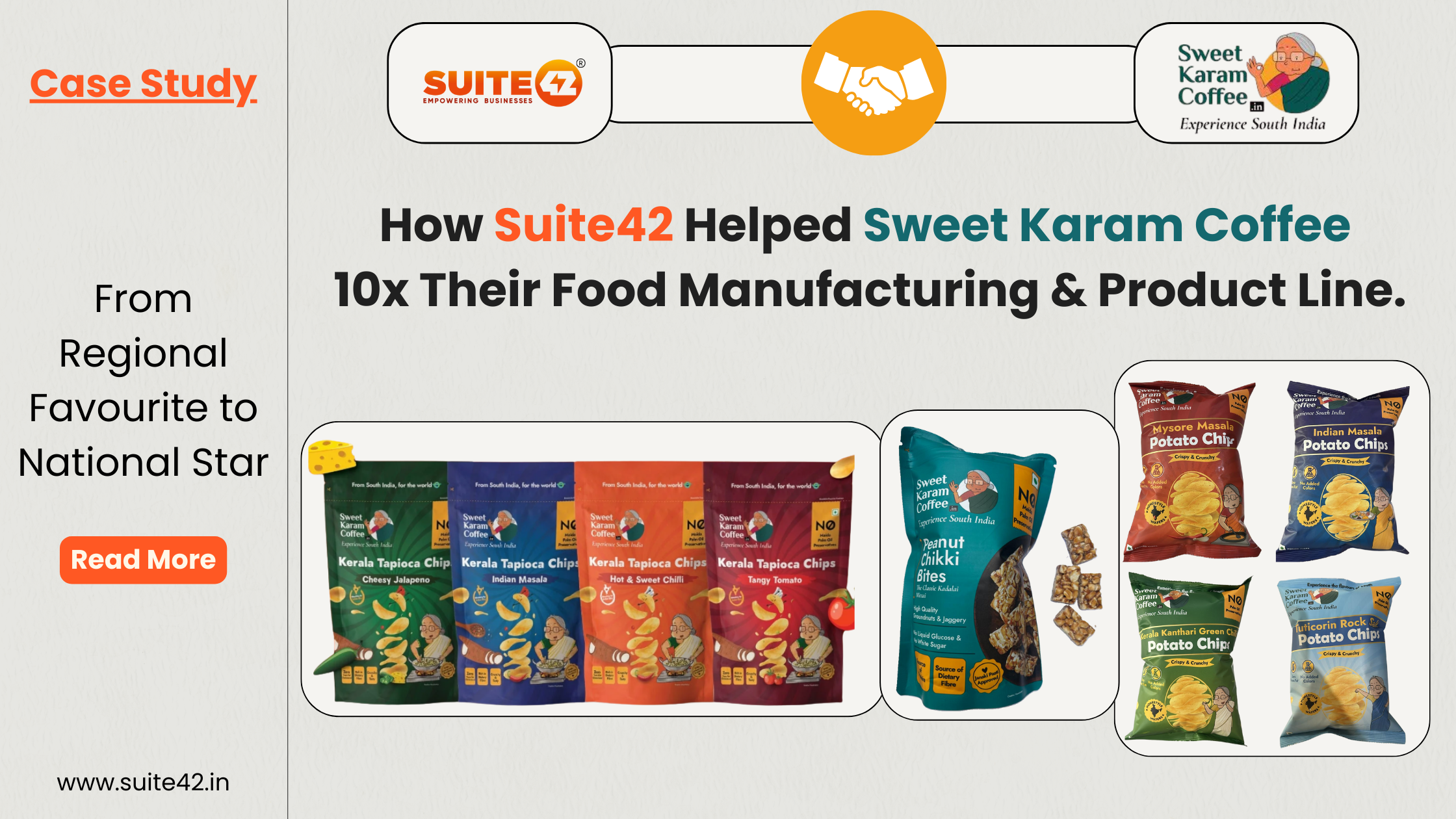
A Step-by-Step Guide to Cashew Processing with Insights into Outsourcing Benefits
Introduction: The Art and Science of Cashew (kaju) Processing
Cashews, those delicately curved kernels cradled within a leathery shell, embark on a fascinating journey before gracing our taste buds. This journey is a harmonious blend of scientific precision and culinary craftsmanship. From the sun-kissed orchards where they first emerge to the moment they are carefully packaged, cashews undergo a meticulously orchestrated process. This article unravels the captivating narrative of cashew processing—a story that encompasses not only the steps involved but also the strategic advantages of outsourcing this intricate process.

The Delicate Nature of Cashews: Challenges in Processing
Processing cashews aka kaju isn’t just about following a recipe—it’s an intricate dance of care and precision. The delicate nature of cashews poses a challenge. Their susceptibility to heat, pressure, and even humidity requires processing methods that respect their unique characteristics. Following are the cashew processing steps.
Step 1: Harvesting and Collection
The harvesting process, often conducted by skilled hands, hinges on precise timing. The cashew apples’ peak ripeness ensures optimal flavor and nutritional content.
Gentle handling during collection prevents bruising and maintains cashew apple quality, crucial for the subsequent stages of processing.
Step 2: Extracting Cashew Nuts from the Shell
Extracting cashew nuts from their shells presents a choice between traditional hand methods and modern mechanical techniques, each impacting the nut’s final form and quality.
Regardless of the method chosen, the art of extraction requires finesse. This crucial step influences not only the cashew’s physical integrity but also its flavour.
Step 3: Roasting for Shell Removal and Flavor Enhancement
Roasting, a pivotal stage, not only removes any residual shell pieces but also enhances the cashew’s flavour profile. The methods employed range from traditional open fires to state-of-the-art roasting technologies.
Roasting cashews isn’t merely about applying heat; it’s a chemical symphony. The interplay of temperature and time unlocks hidden aromas, turning a raw nut into a flavour-packed delight.
Article that might interest you: The Utlimate Guide to Spice Manufacturing Process
Step 4: Peeling Away the Inner Skin
Beyond the shell lies a thin inner skin, presenting a culinary quandary. Different techniques for skin removal affect not only the nut’s texture but also its culinary versatility.
The presence or absence of the inner skin influences how cashews are used in culinary creations. Its removal can elevate the sensory experience, enabling cashews to seamlessly blend with various dishes.
Step 5: Grading, Sorting, and Quality Control
Grading Cashews: Size, Color, and Consistency Matters
Grading cashews involves meticulous categorization based on factors like size and color. This process doesn’t merely enhance visual appeal; it also elevates their market value.
Ensuring Quality: Stringent Inspection and Sorting

Quality control takes centre stage as cashews undergo stringent inspection and sorting. Only the premium nuts that meet exacting standards proceed, ensuring a consistent end product.
Article: How Suite42 delivers Quality?
Step 6: Cleaning and Preparation for Consumption
Dusting Off Impurities: Cashew Cleaning Techniques
Before embarking on their culinary journey, cashews undergo a thorough cleansing, ridding them of any impurities that may have been picked up during the processing stages.
Hygiene and Safety: Preparing Cashews for Processing
Maintaining impeccable hygiene standards is a non-negotiable aspect of cashew nut processing. The careful sanitization of cashews ensures that the end product is safe and wholesome.
Step 7: Roasting for Flavor and Texture Enhancement
Roasting cashews extends beyond texture alteration; it’s a sensory transformation. The process intensifies their natural aromas, imparting a rich and nuanced flavour profile.
The delicate balance of temperature and timing during the roasting process determines the cashew’s final crunchiness—a texture that tantalises the palate with every bite.
Step 8: Cooling, Resting, and Flavour Maturation
Cooling After Roasting: A Crucial Maturation Step. After the roasting process, cashews require a cooling phase. This seemingly simple step is pivotal, allowing the flavours to mature and meld, resulting in a harmonious taste experience.
This period of repose post-roasting isn’t just about temperature adjustment; it’s a delicate mixture between art and science, where flavours intensify and reach their zenith.
Step 9: Optional Flavor Coatings and Varieties
Cashews, known for their inherent creaminess, serve as a delightful canvas for a world of flavours. From honey glaze to savoury spices, flavour-coated cashews unlock a tantalising taste adventure.
Cashews ( kaju ) isn’t limited to a singular variety. Exploring the diverse varieties of cashews reveals a treasure trove of textures, sizes, and flavours, opening avenues for culinary innovation.
Step 10: Packaging for Freshness and Longevity
Packaging isn’t merely about aesthetics; it’s a scientific endeavour to maintain the cashews’ inherent freshness and quality. Proper packaging techniques shield them from external elements.
To ensure that cashews retain their delightful crunch and flavour, proper storage guidelines must be followed. Temperature, humidity, and storage conditions play crucial roles in preserving their quality.
Step 11: Utilising Cashew By-Products Sustainably
In the spirit of sustainability, cashew by-products—the shells and apples—find new purpose. Innovative applications, from eco-friendly packaging to industrial materials, showcase the potential of these often-overlooked elements.
The Eco-Friendly Approach: Contributing to Sustainability
Harnessing cashew by-products aligns with sustainable practices. Transforming waste into valuable resources minimizes environmental impact and fosters a more eco-conscious approach to production.
Benefits of Outsourcing Cashew Processing to a Third-Party

Introduction to Outsourcing: Why Consider Third-Party Processing
Outsourcing cashew processing to specialized experts introduces a bundle of advantages. This strategic move allows businesses to focus on their core competencies while entrusting the complexities of processing to seasoned professionals.
Advantages of Outsourcing Cashew Processing
Check out the benefits of outsourcing cashew processing
a. Focus on Core Competencies: Let Experts Handle Processing
By outsourcing processing, businesses can channel their energy into core competencies, optimizing efficiency and fostering growth.
b. Access to Advanced Technology and Equipment
Third-party processors possess cutting-edge technology and specialized equipment, ensuring that cashew processing is carried out with precision and sophistication.
c. Cost Savings: Economies of Scale and Efficient Resource Allocation
Outsourcing capitalizes on economies of scale, minimizing operational costs, and ensuring optimal resource utilization.
d. Scaling Up with Ease: Meeting Fluctuating Demand
The flexibility of outsourcing allows businesses to scale their production seamlessly, meeting fluctuating market demands without compromising on quality.
e. Stringent Quality Control: Ensuring Premium Cashews
Third-party processors uphold rigorous quality control measures, ensuring that each cashew meets exacting standards.
f. Meeting Industry Standards and Consistency
Maintaining consistency and adhering to industry standards, third-party processors provide a reliable source of premium cashews.
2. Time Savings and Speed to Market: Third-Party Edge
g. Accelerated Processing: Timely Delivery to Market
Outsourcing accelerates the processing timeline, ensuring that cashews reach the market promptly, and maintain their freshness.
h. Swift Turnaround: From Raw Cashews to Packaged Products
Third-party processors expedite the journey from raw cashews to packaged products, reducing processing time and enhancing market readiness.
3. Reducing Risks and Enhancing Supply Chain
i. Mitigating Risks: Expertise in Navigating Cashew Processing Challenges
Third-party processors possess the expertise to navigate the challenges of cashew processing, minimizing risks and ensuring consistent quality.
j. Strengthening Supply Chain Resilience
Outsourcing contributes to a more resilient supply chain, enhancing adaptability and responsiveness to market fluctuations and unforeseen disruptions.
Conclusion: Making Informed Decisions for Cashew Processing
Empowering Choices: The Step-by-Step Guide and Outsourcing Insights
As we traverse the intricate journey of cashew processing, we gain a profound understanding of the art and science that intertwine to create a culinary treasure. The insights into outsourcing’s advantages empower businesses to make informed decisions, fostering quality, efficiency, and innovation in the realm of cashew processing.
Fostering Quality, Efficiency, and Innovation in Cashew Processing
By embracing both the meticulous steps of cashew processing and the strategic benefits of outsourcing, businesses pave the way for elevated cashew quality, streamlined efficiency, and a culture of culinary innovation. It’s a journey where nature’s bounty meets human expertise, resulting in cashews that transcend the ordinary and become an embodiment of taste and artistry.







Leave a Reply